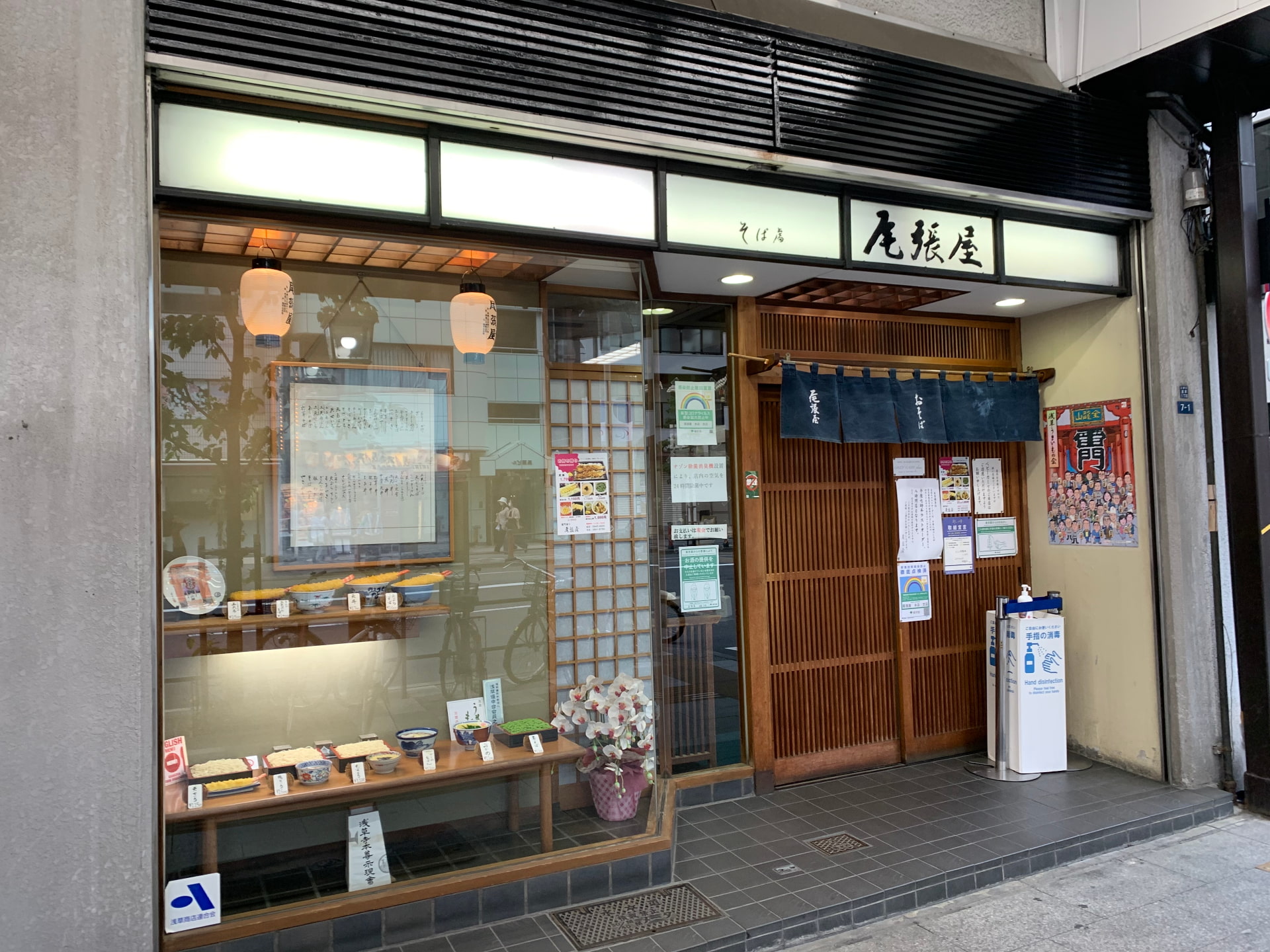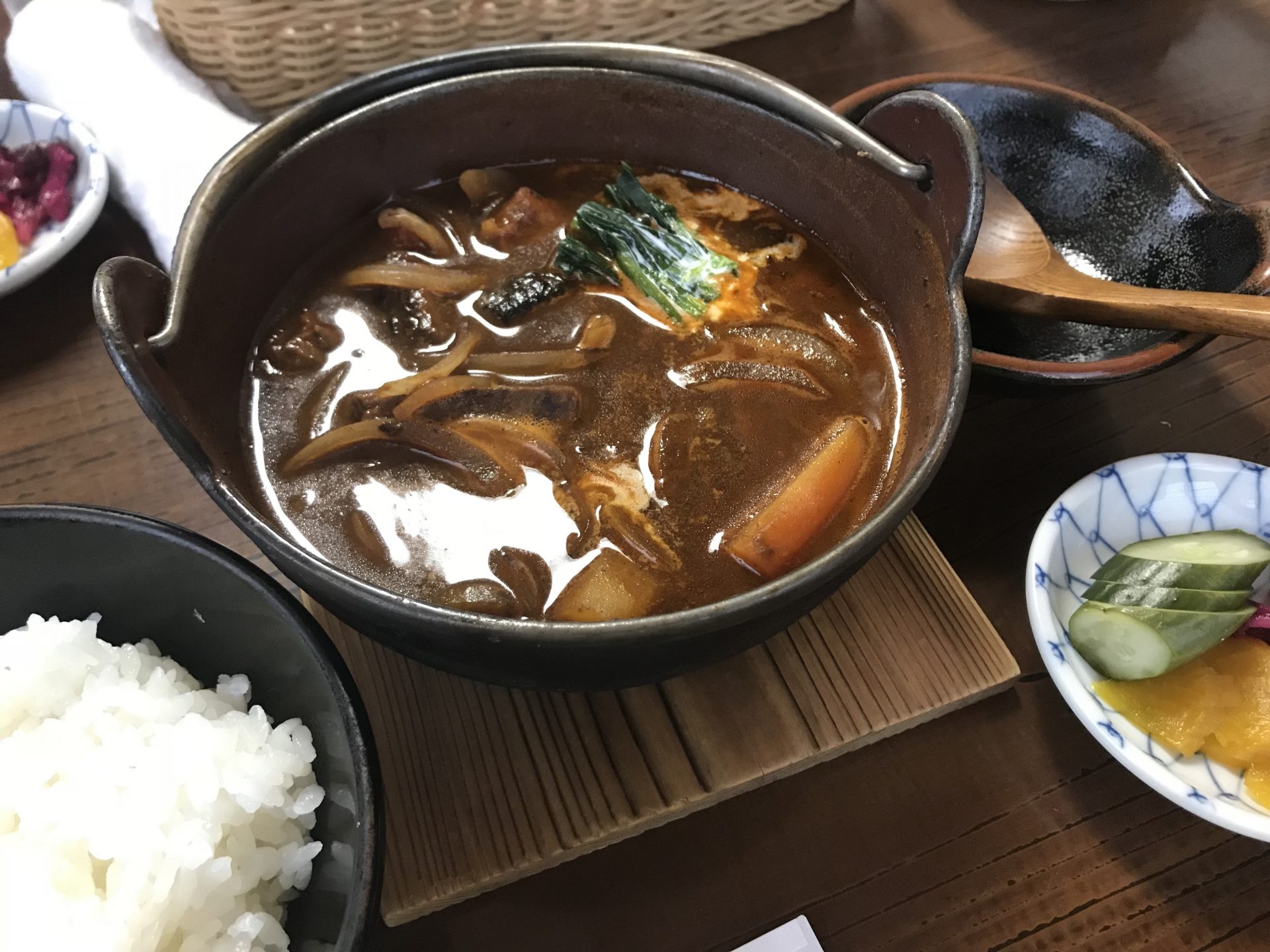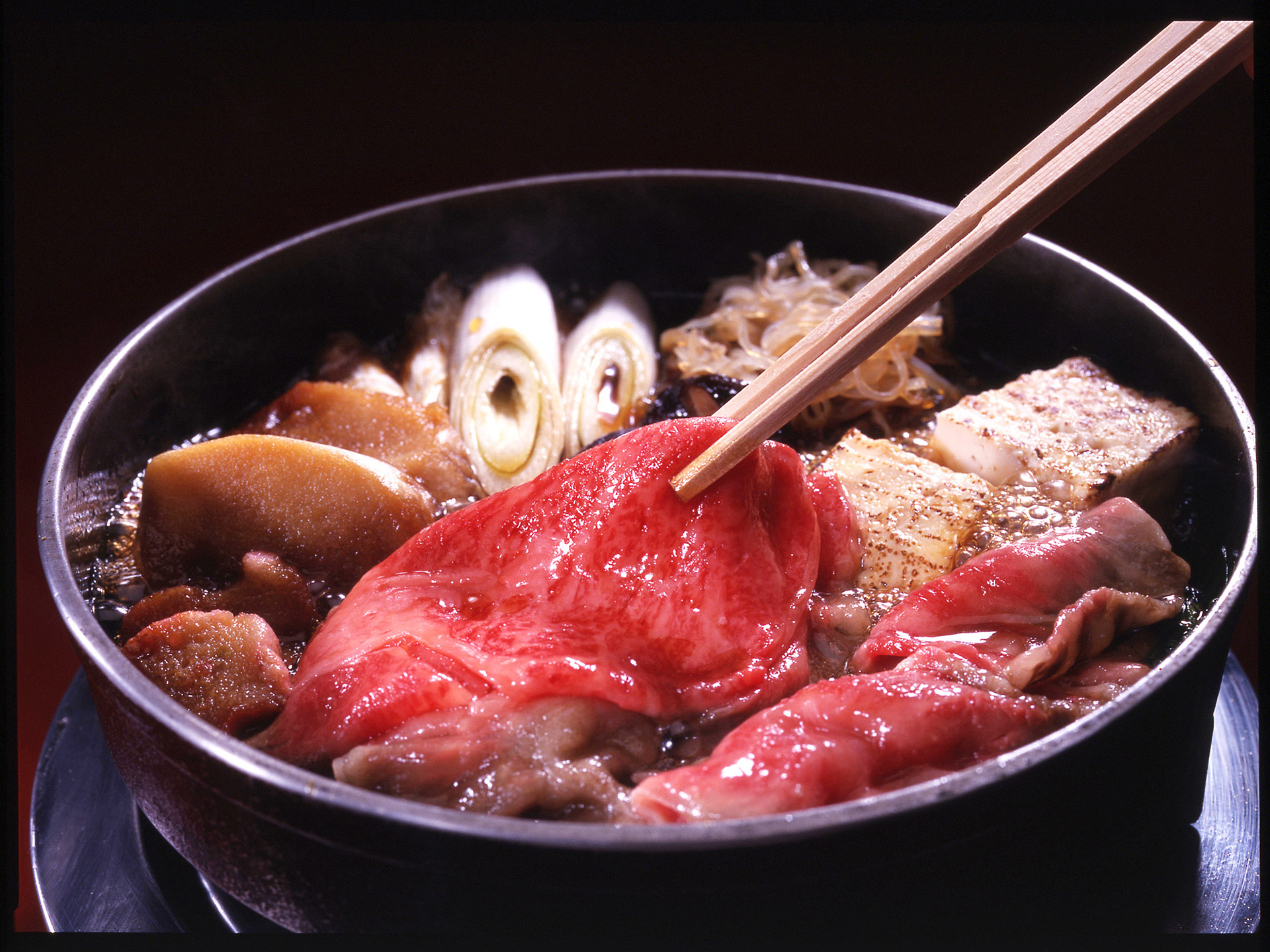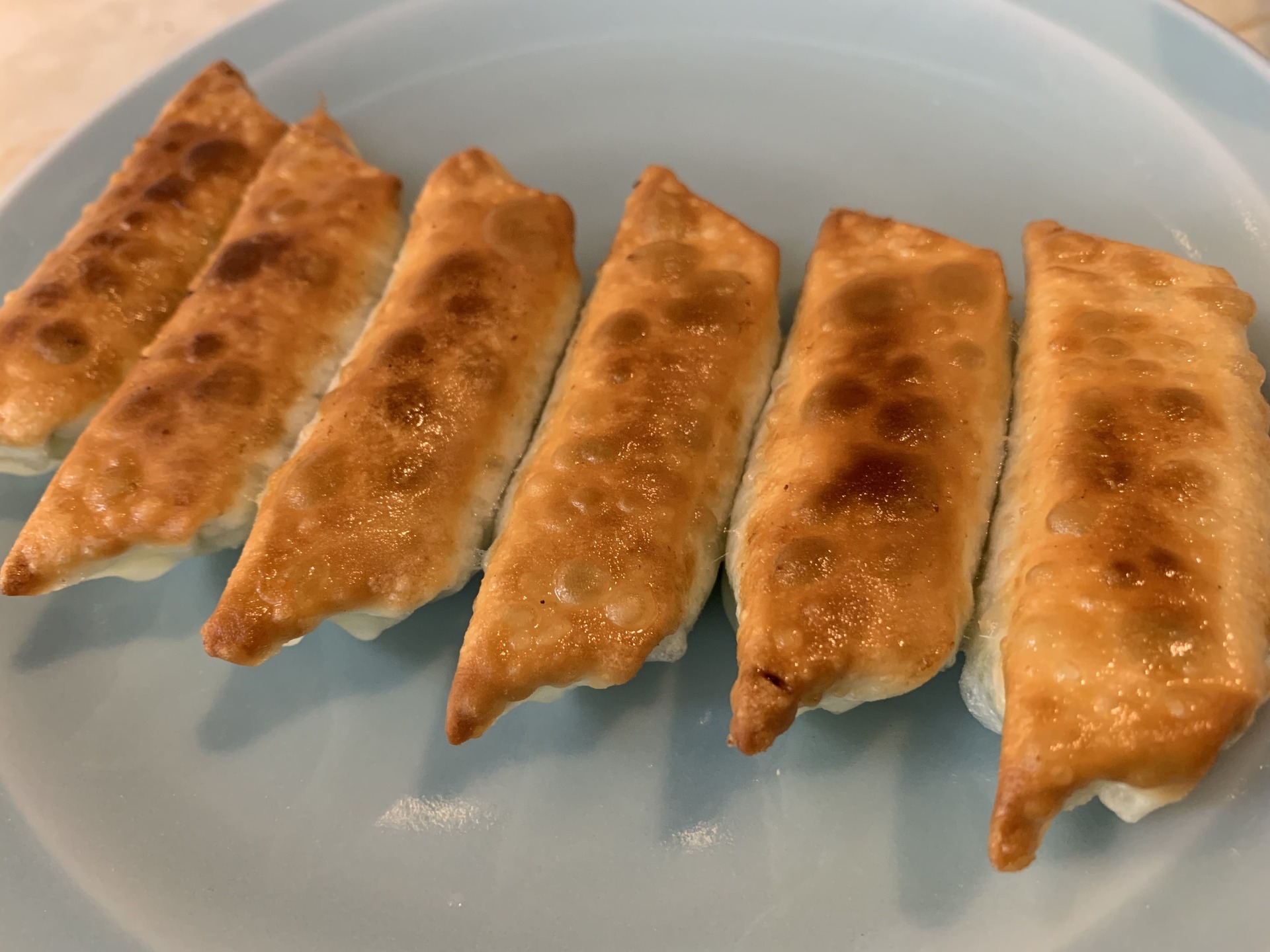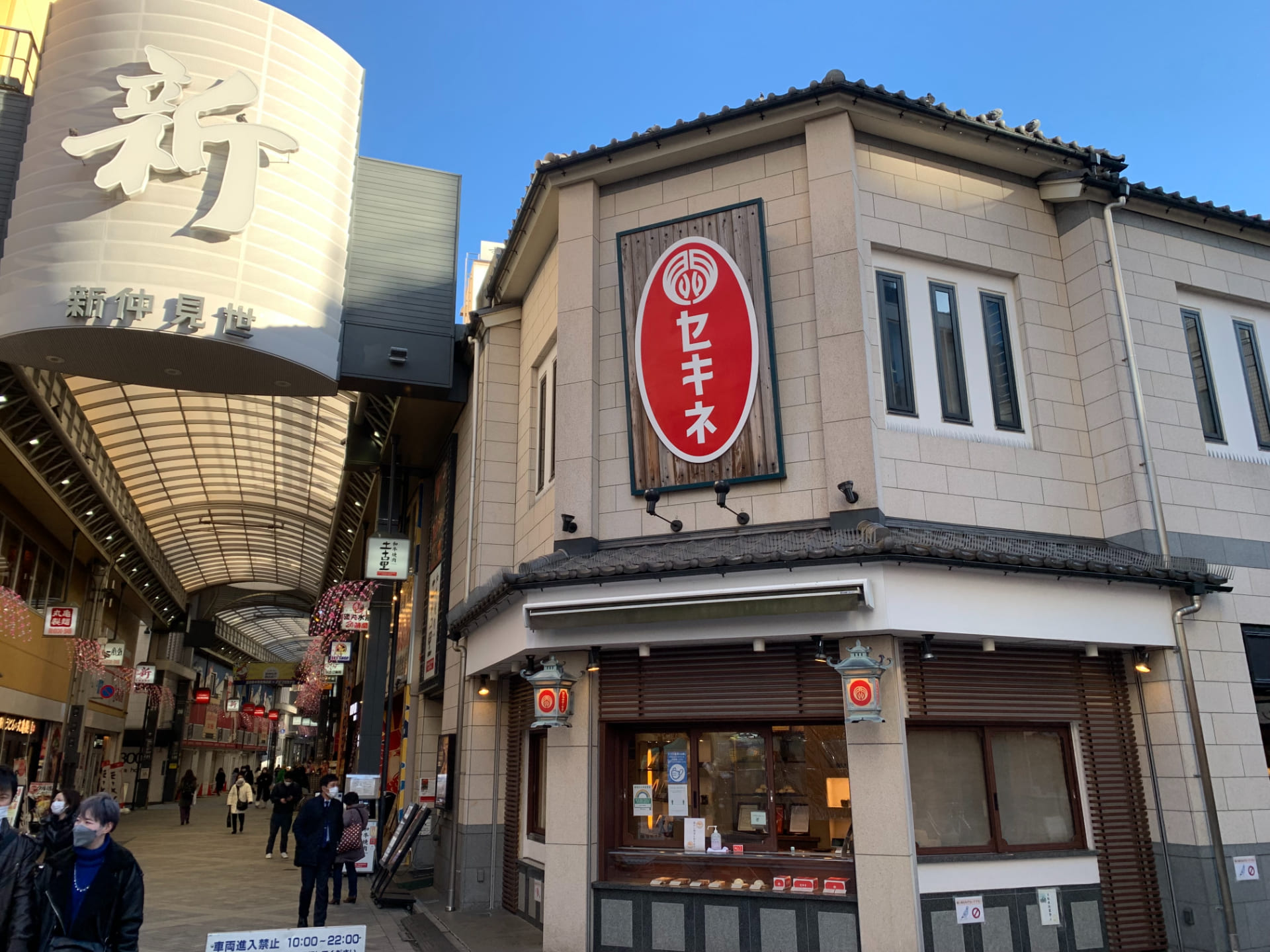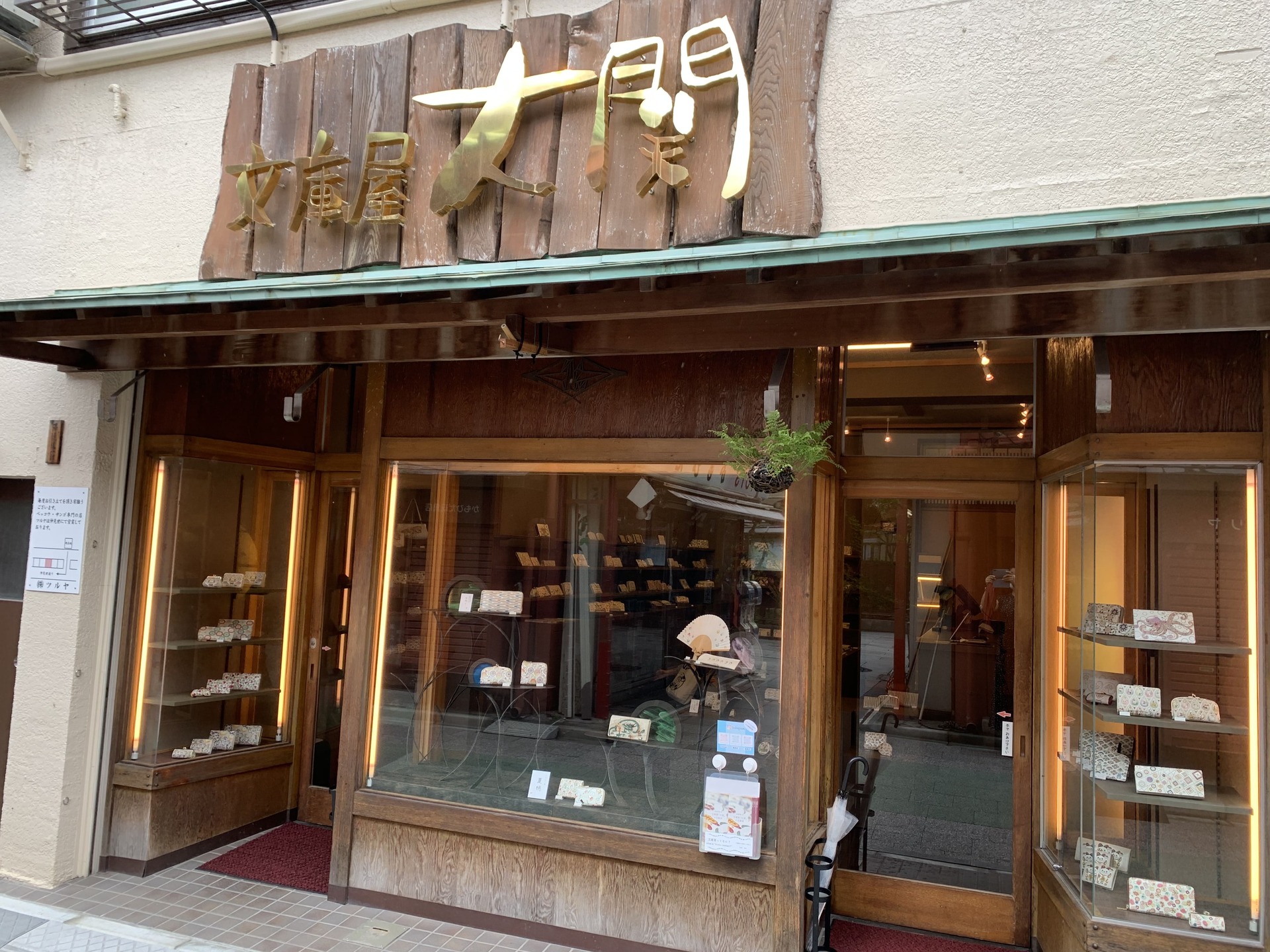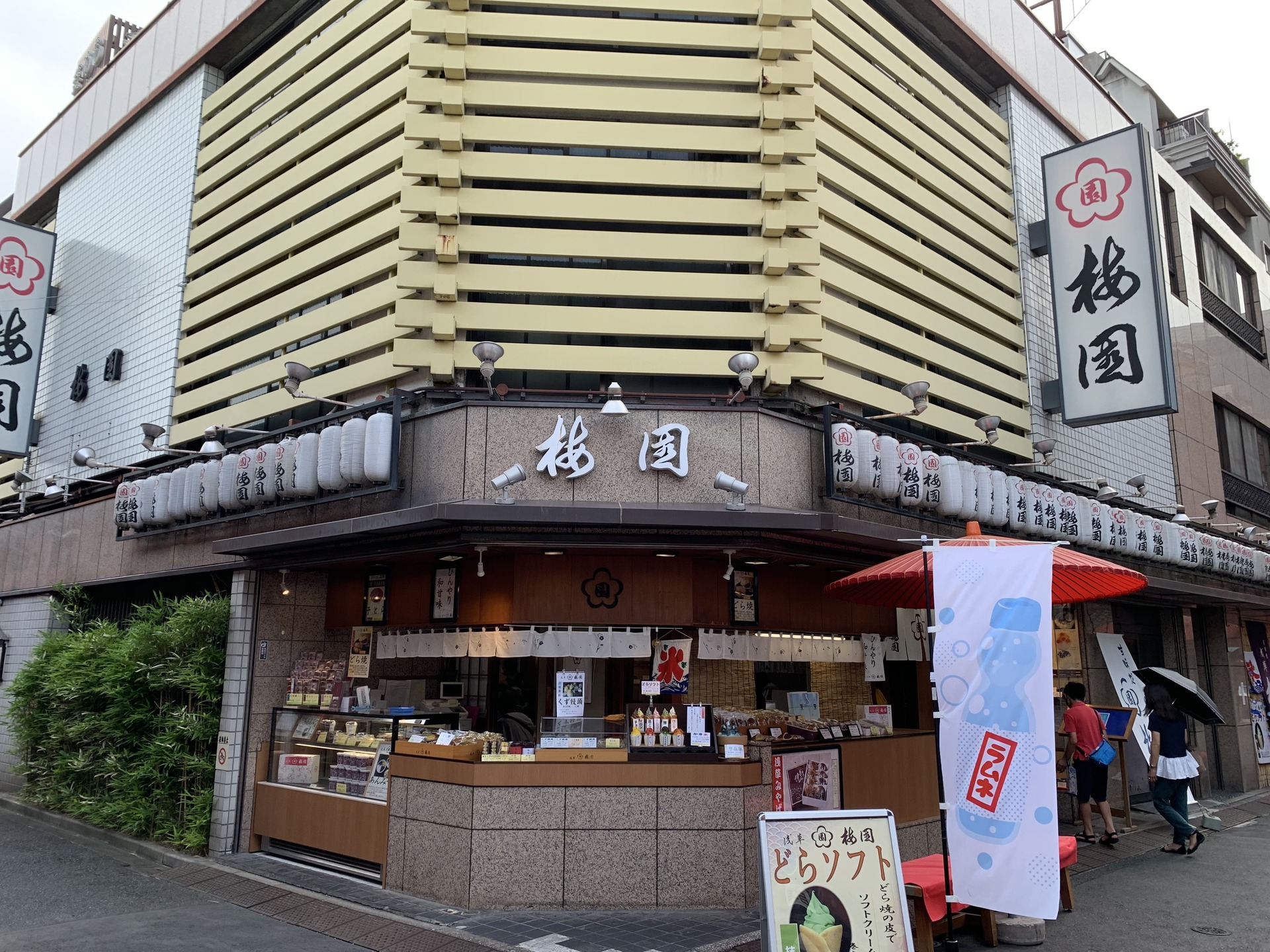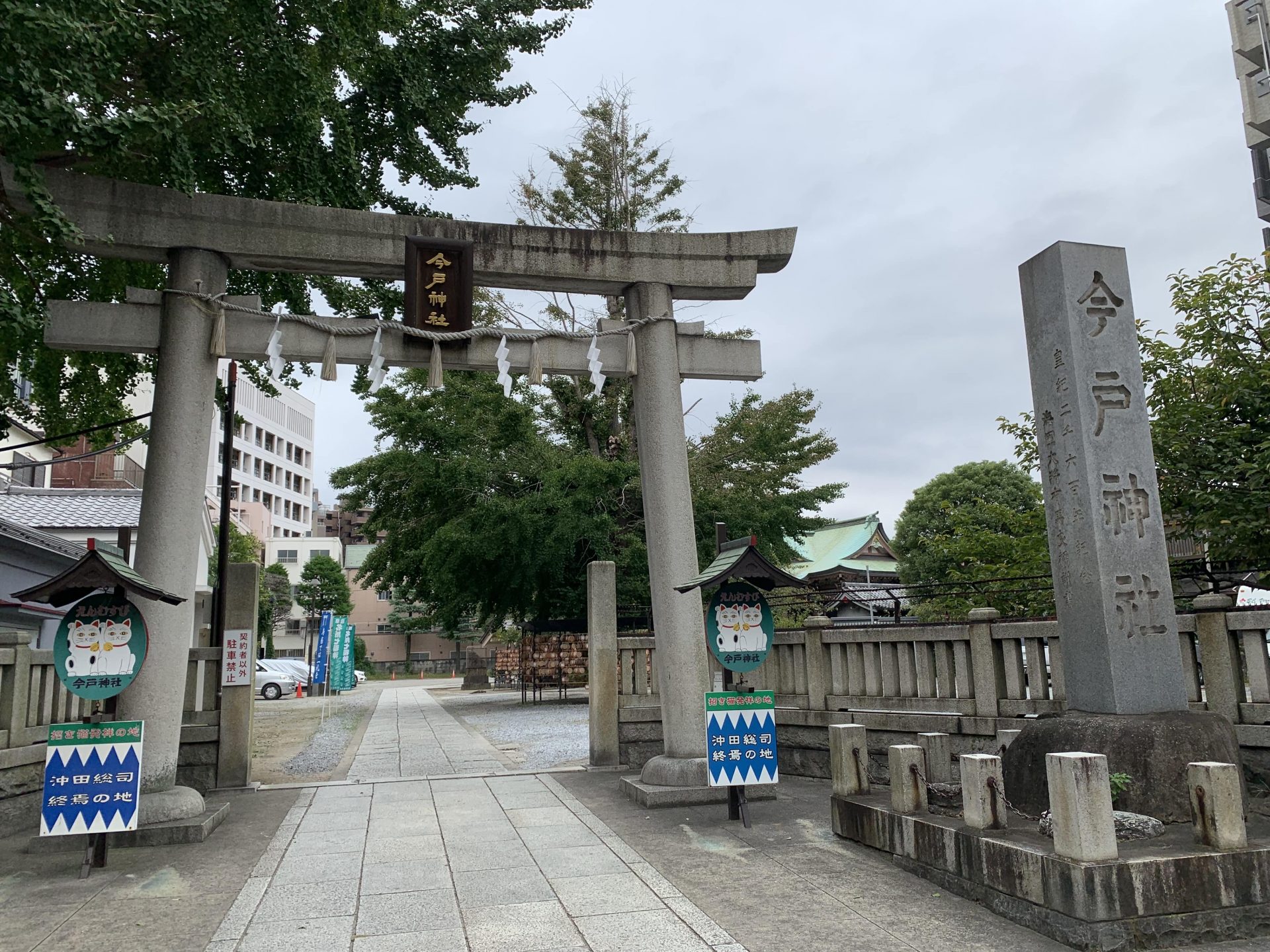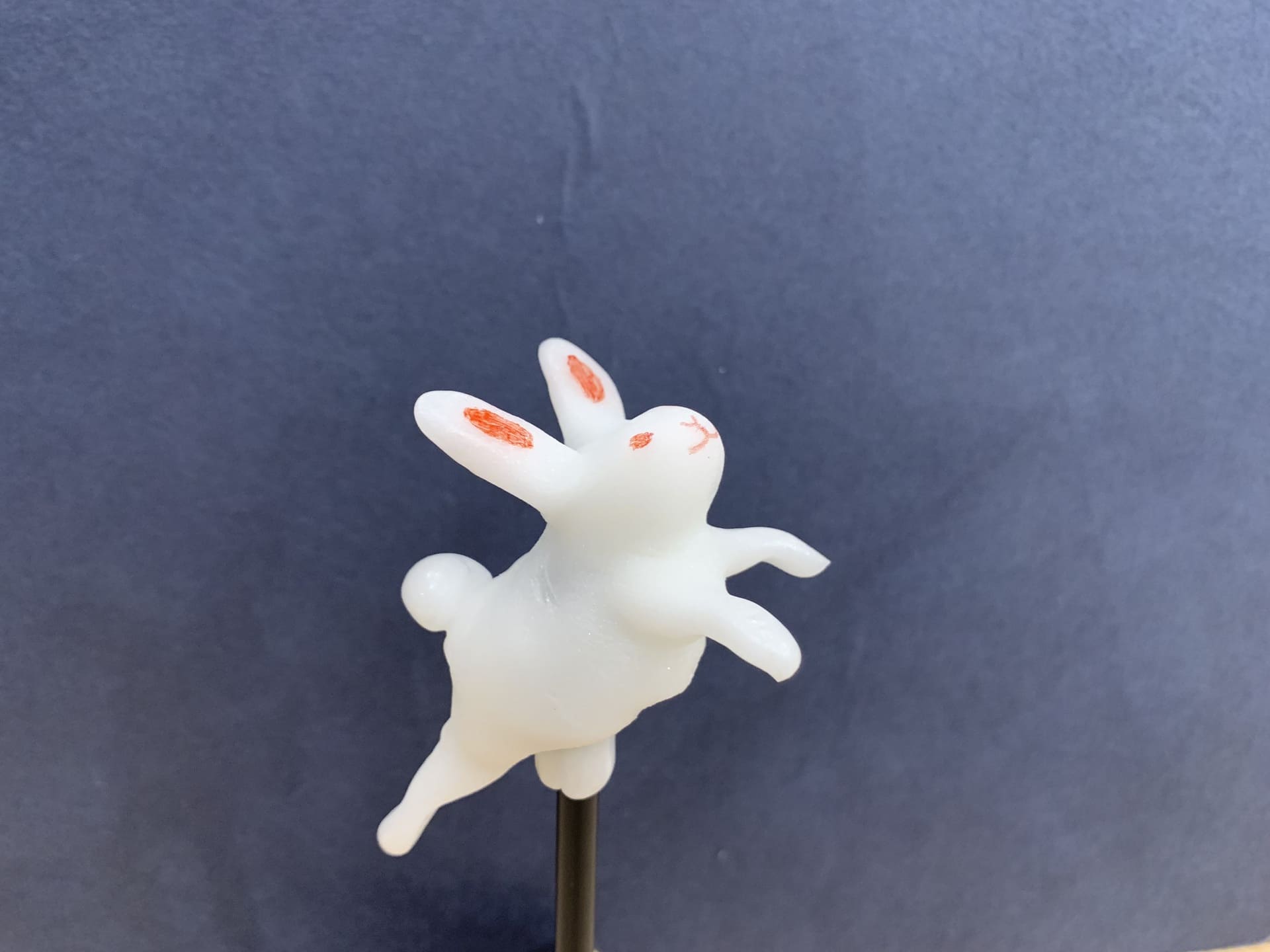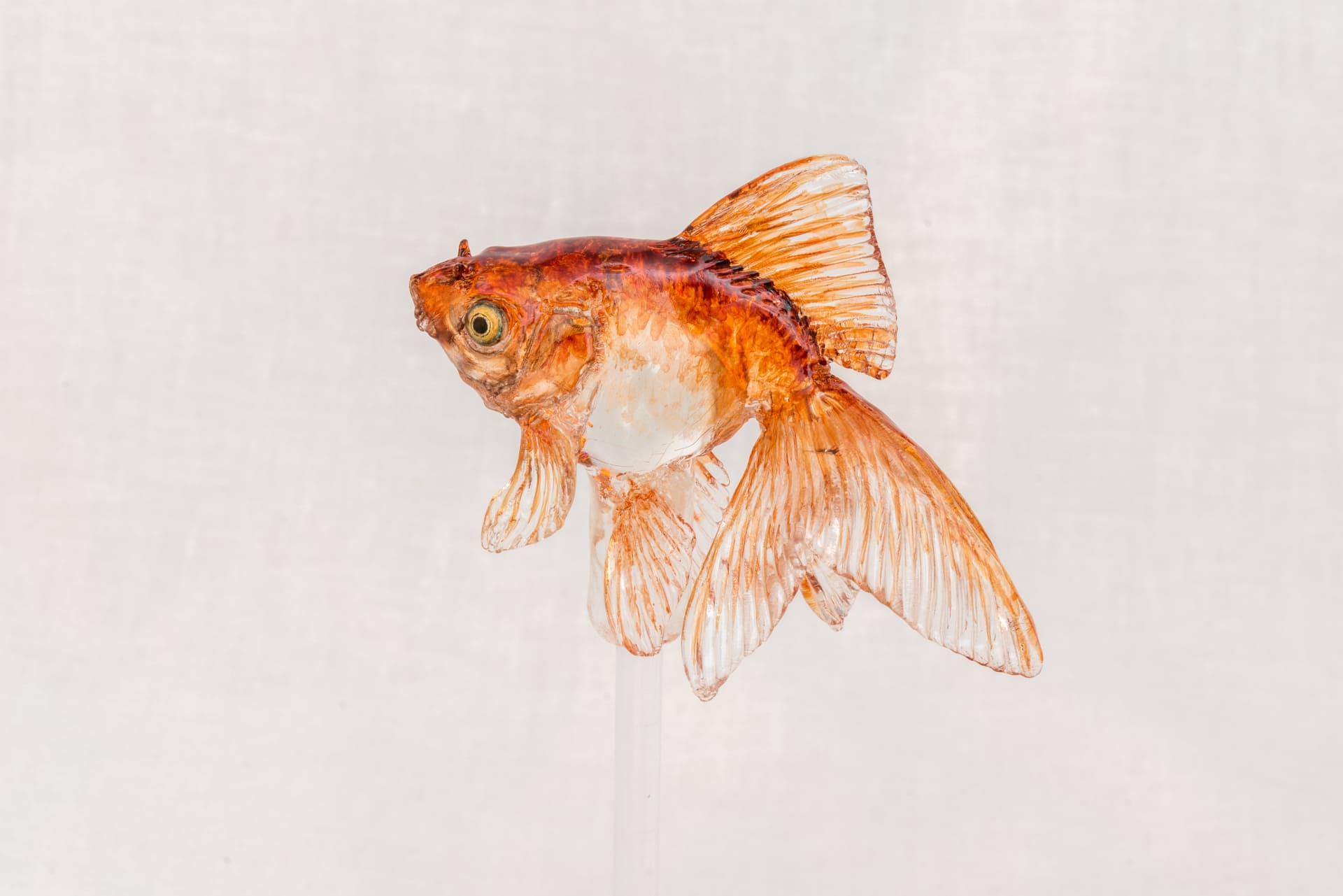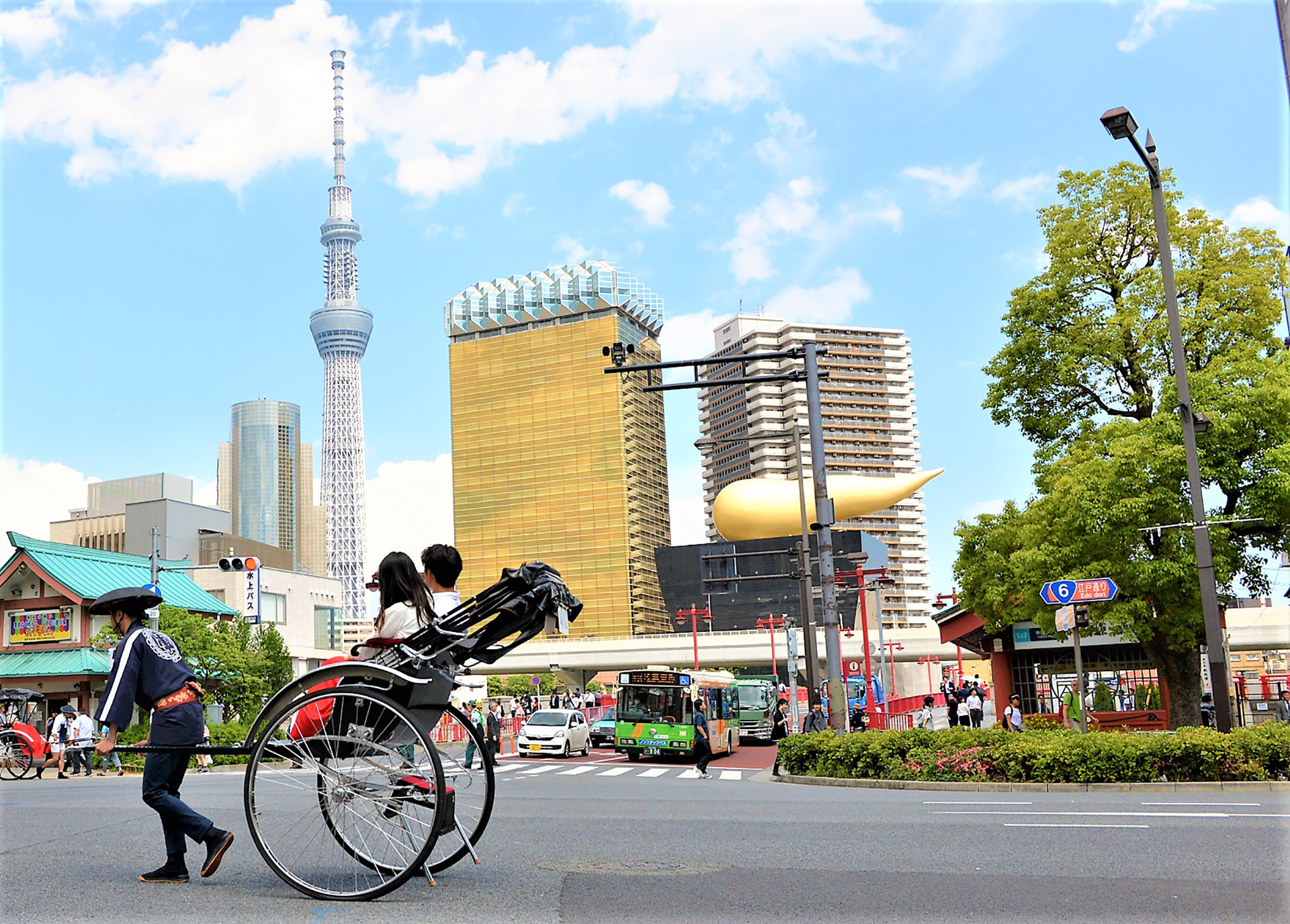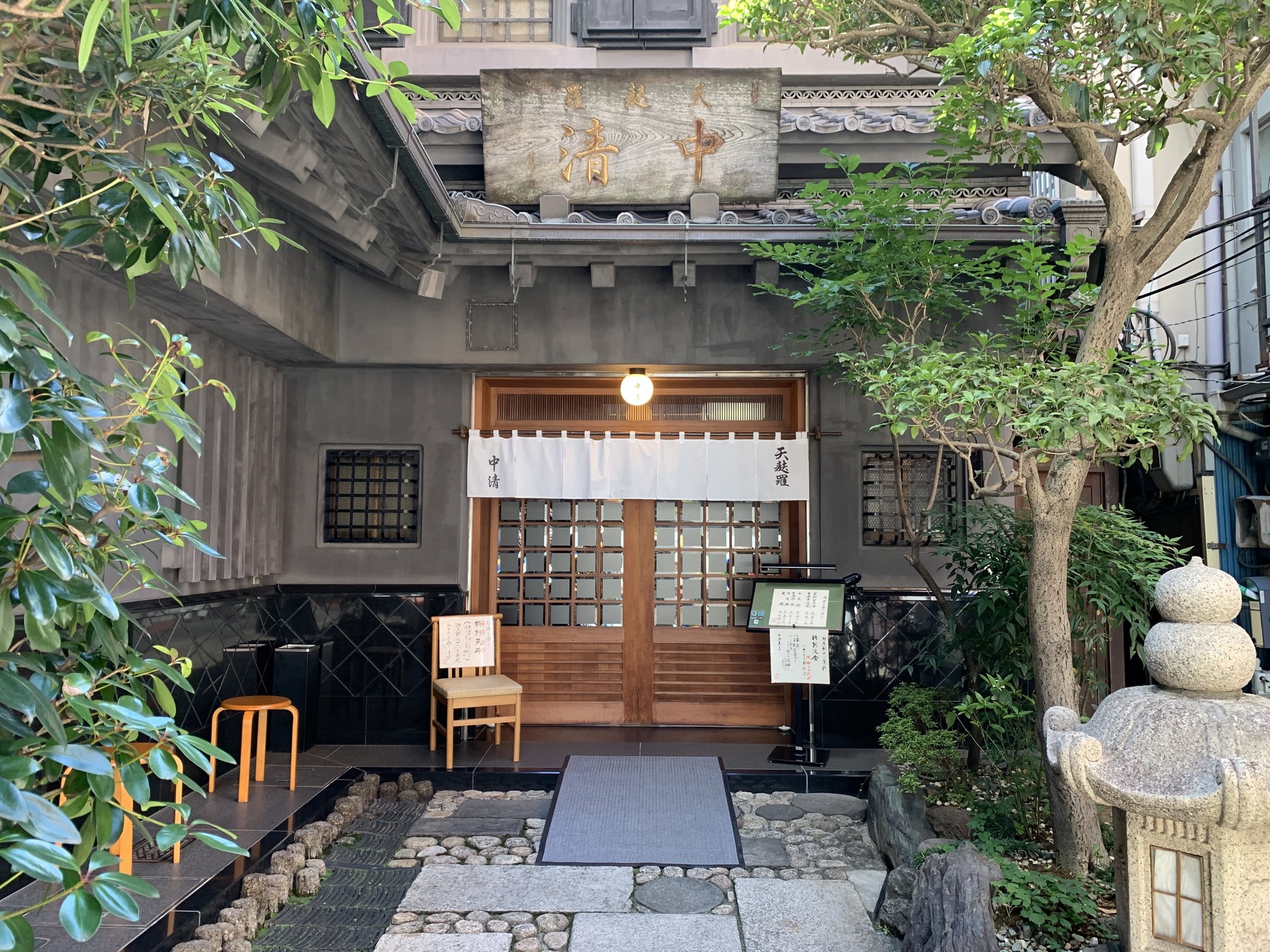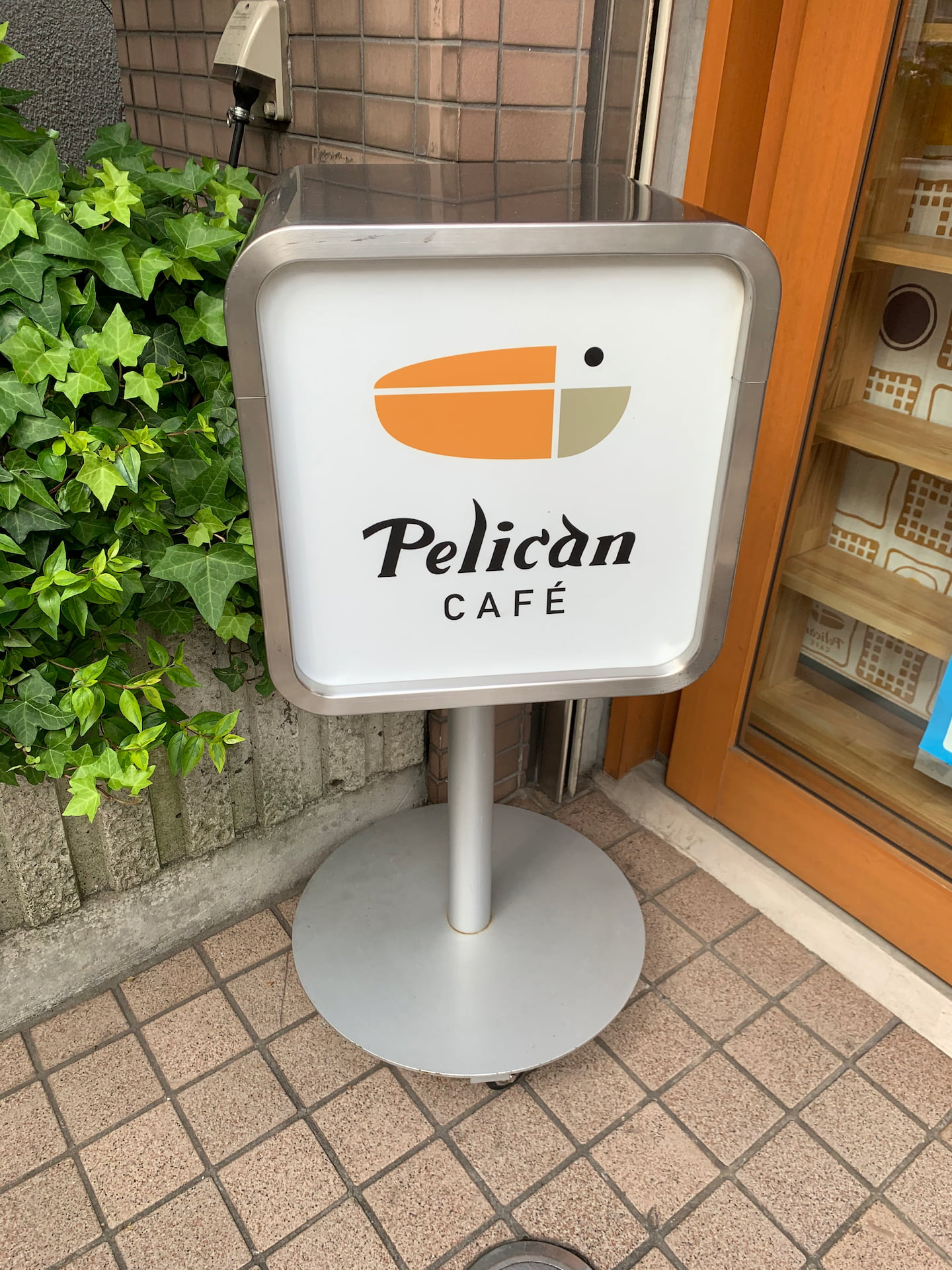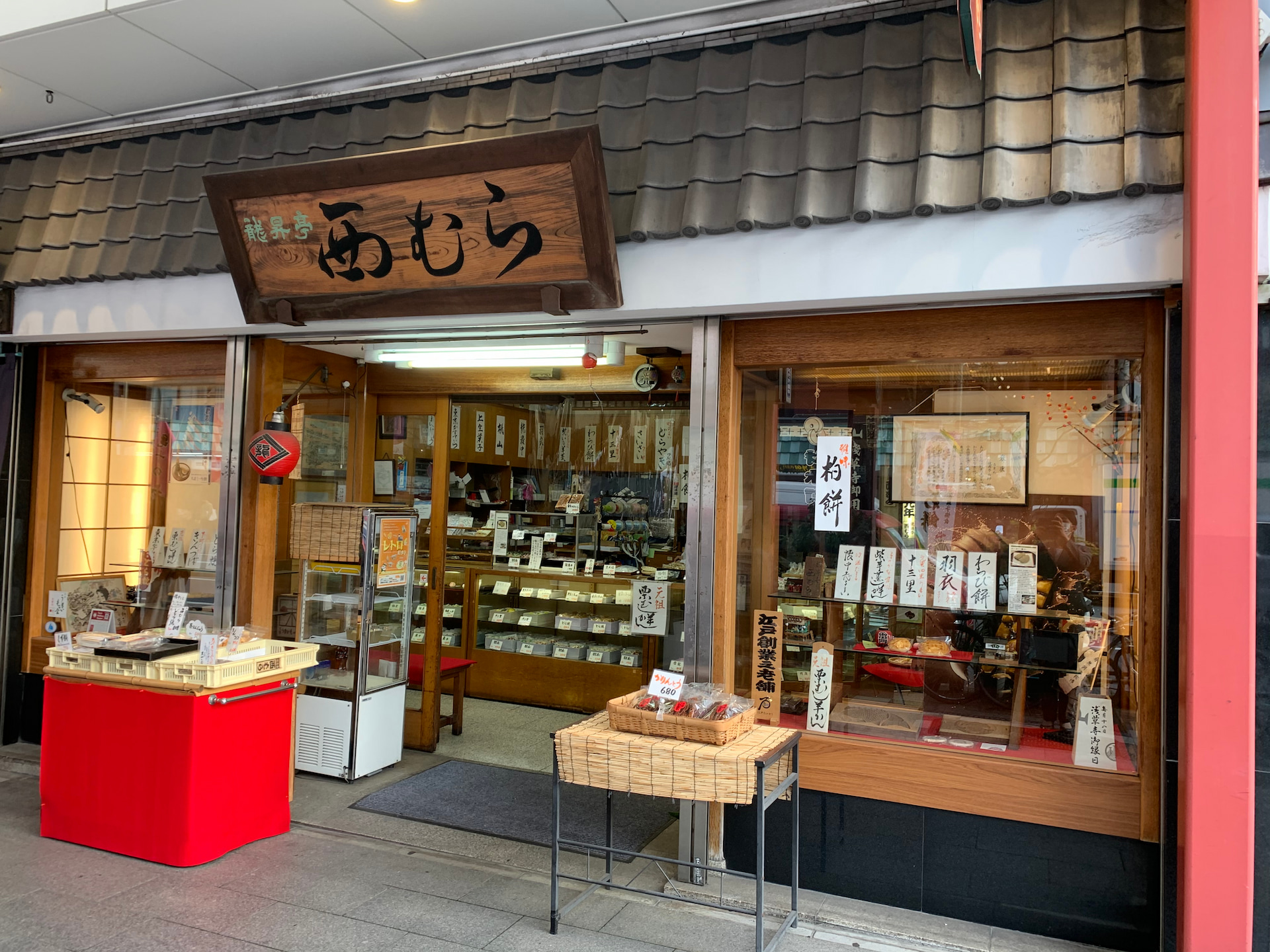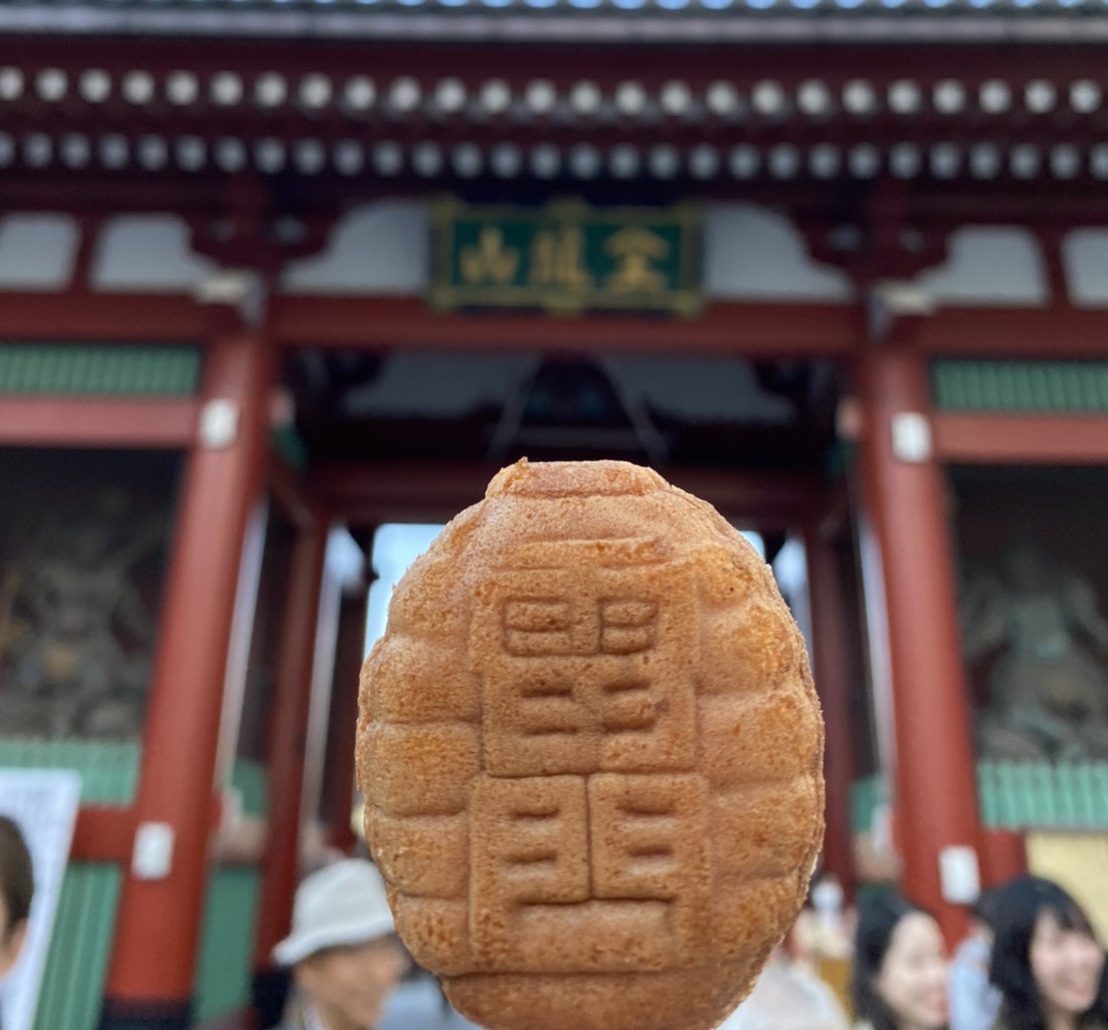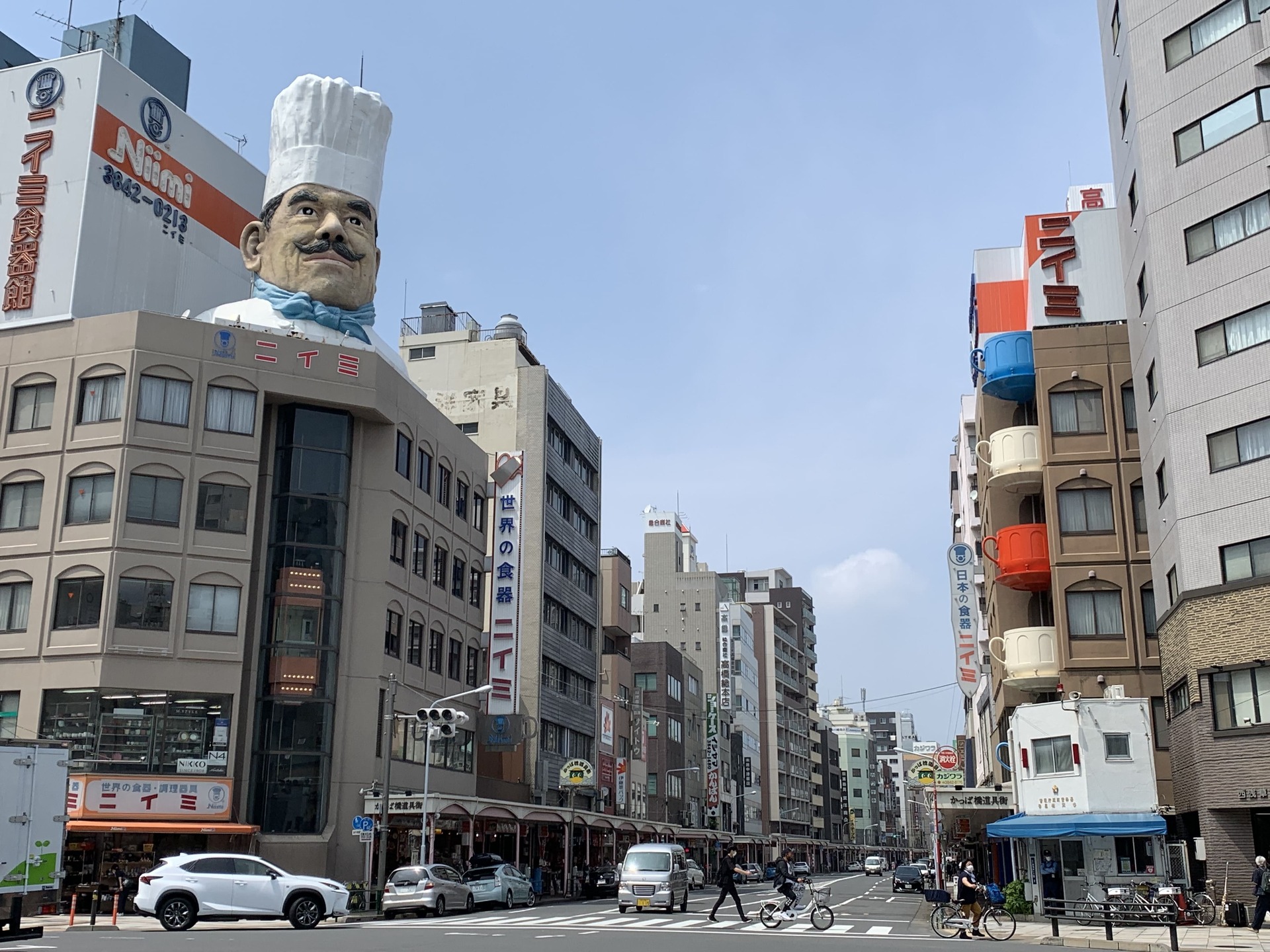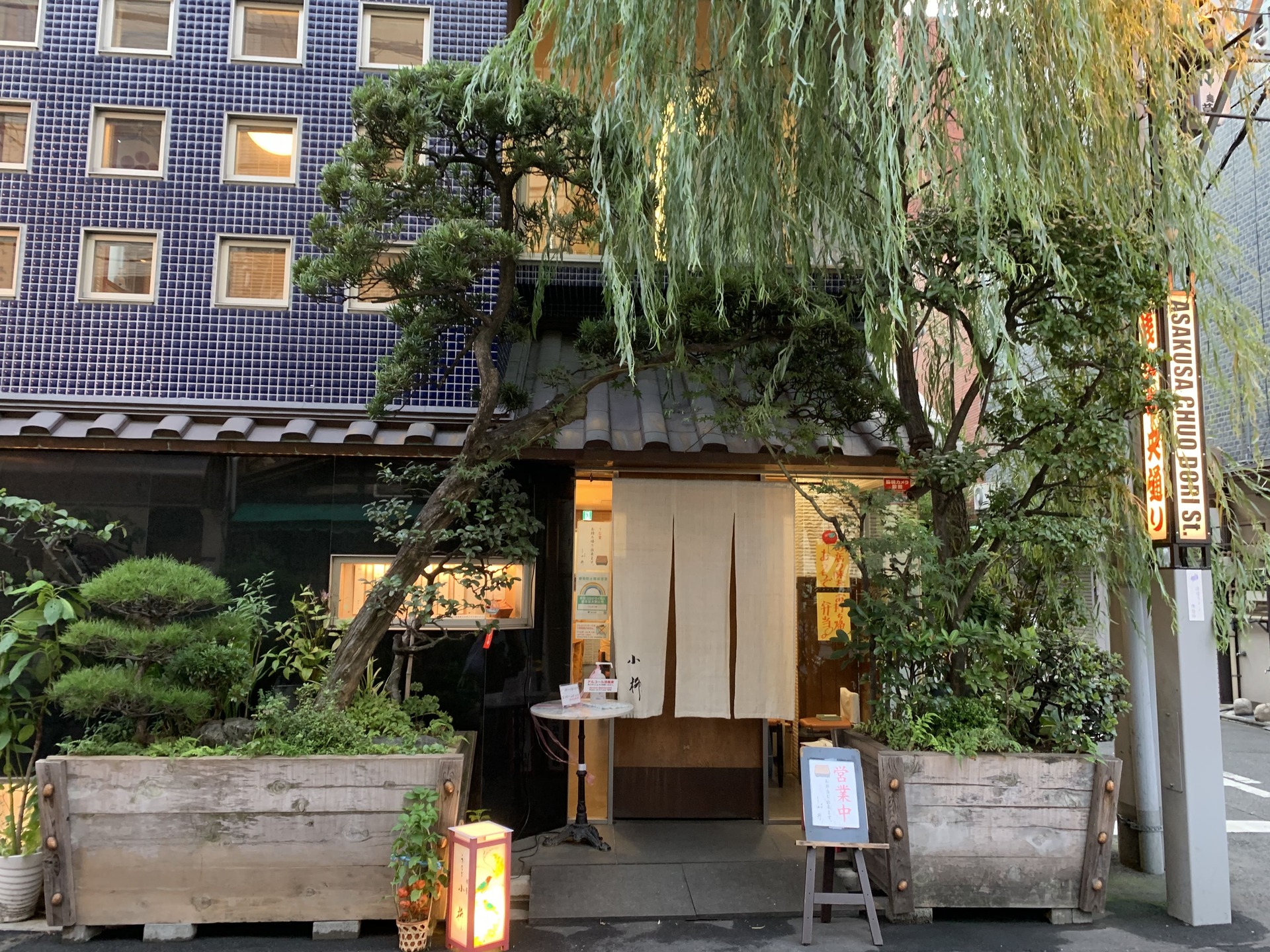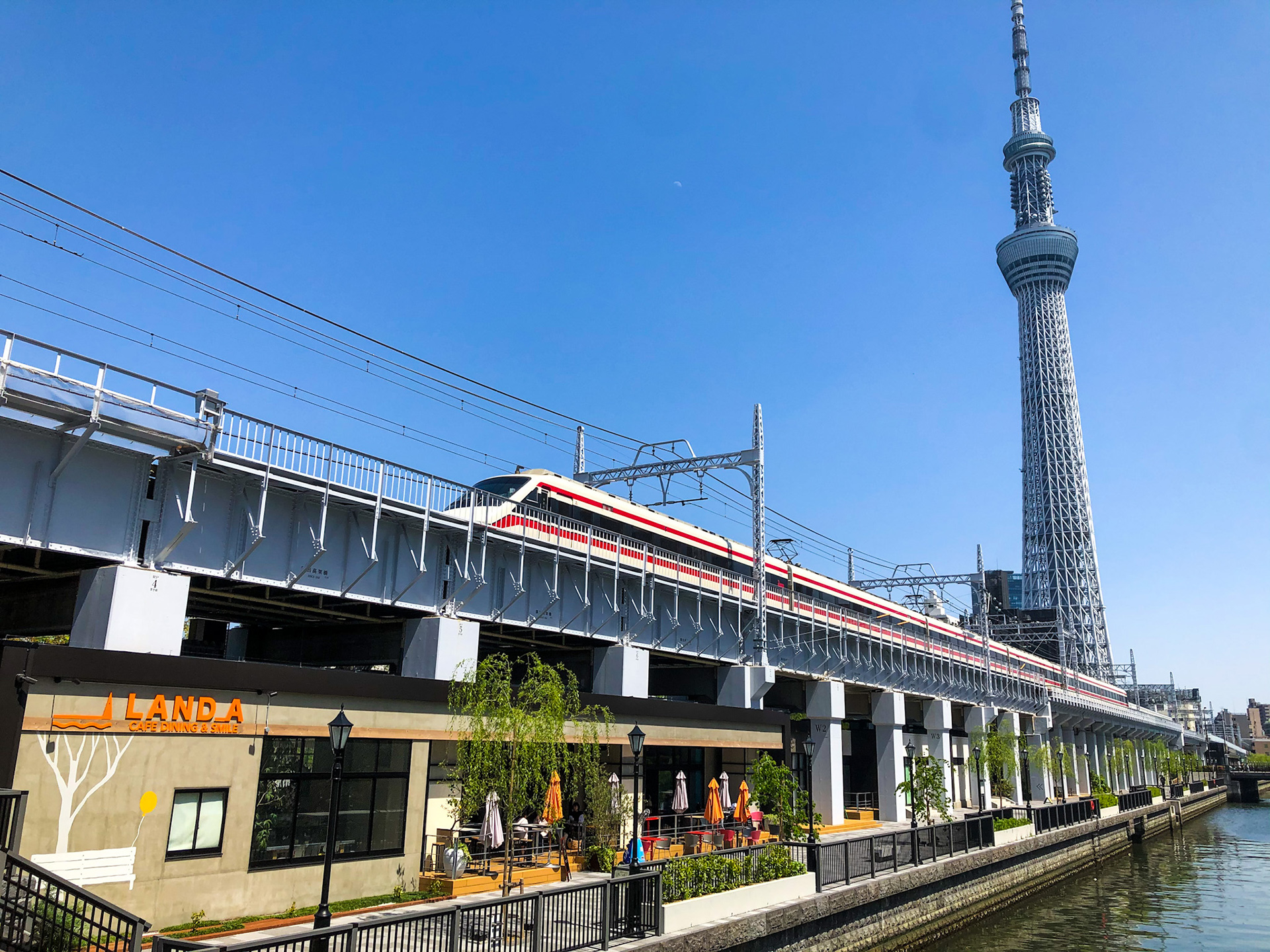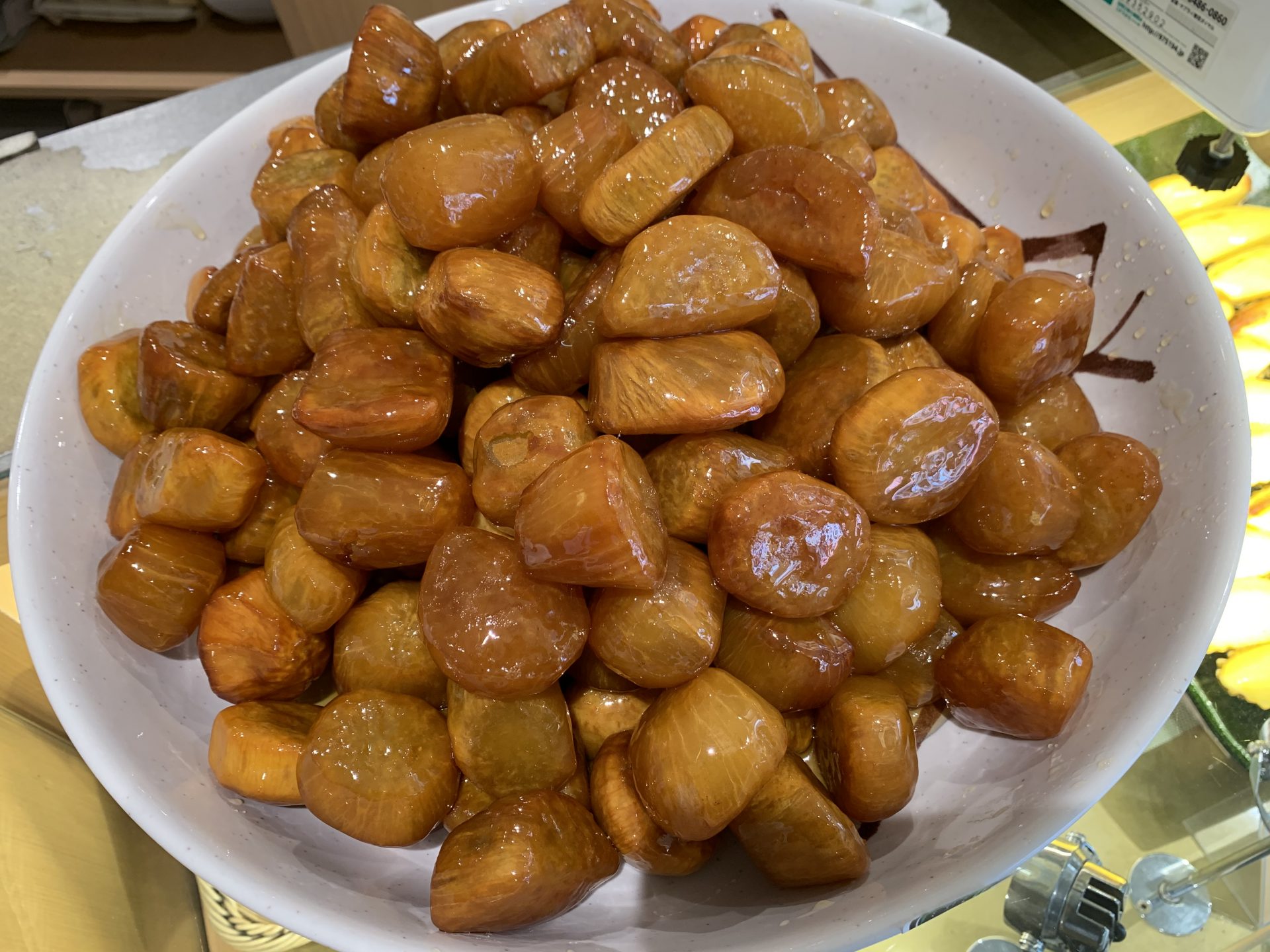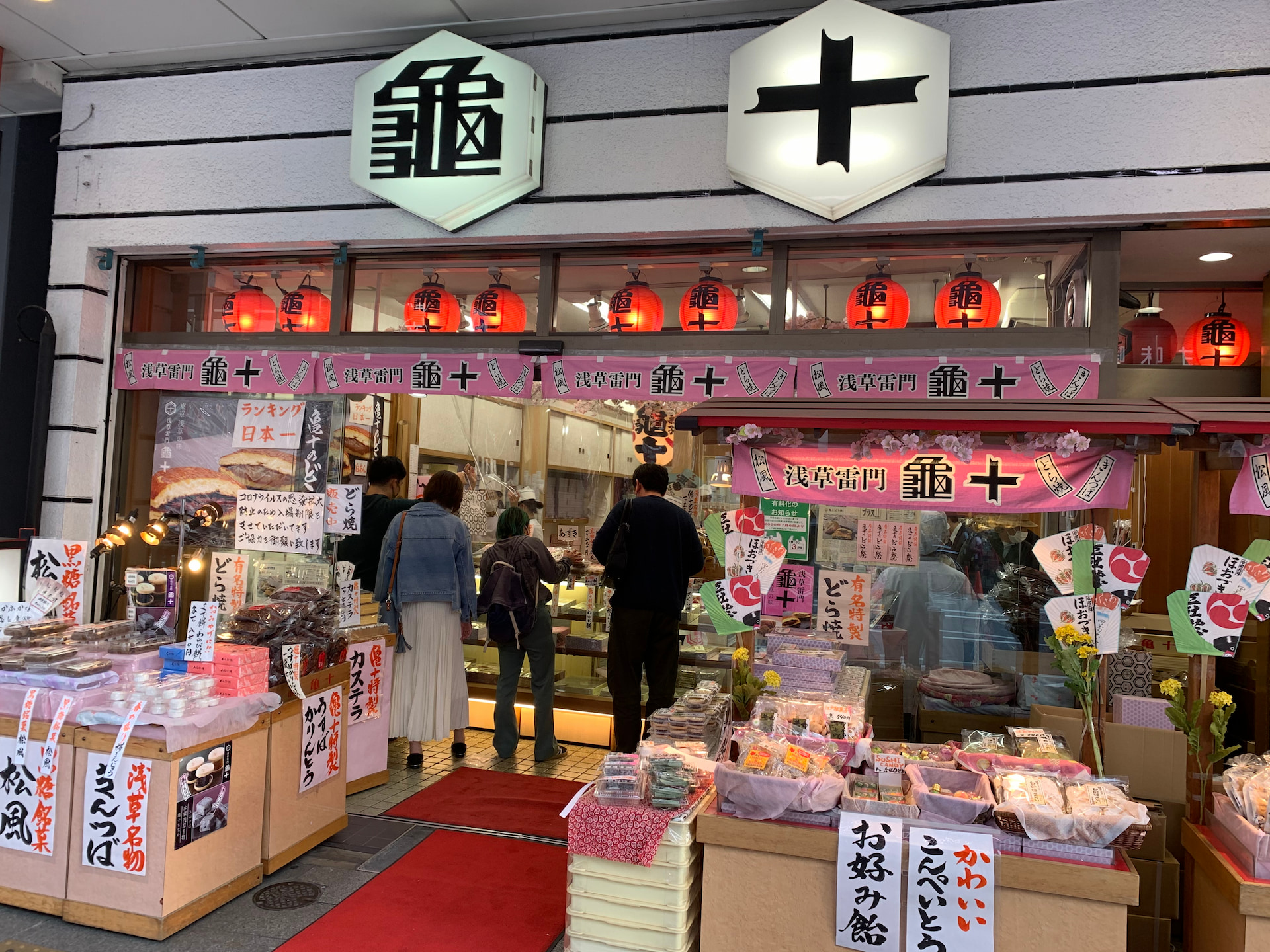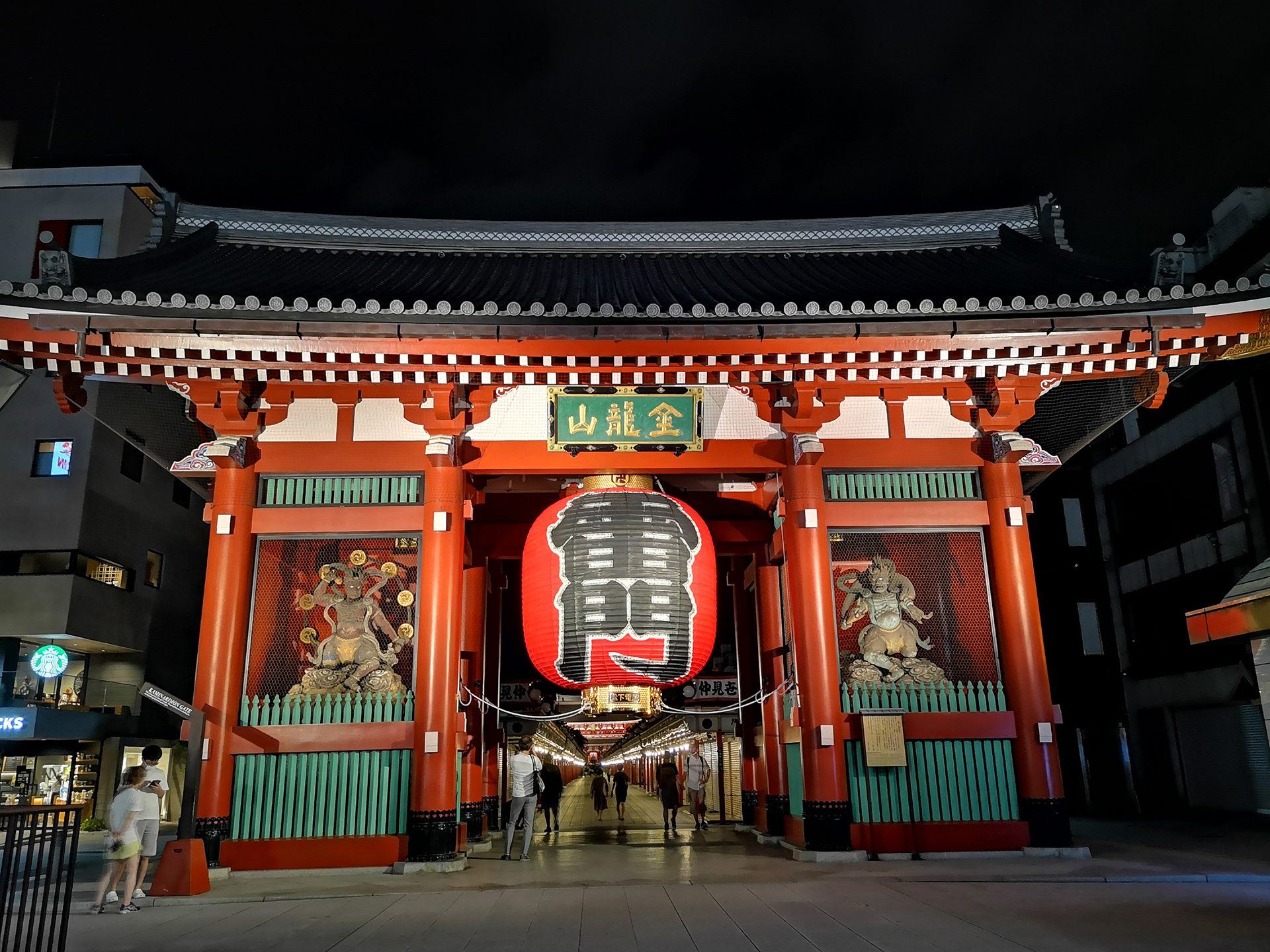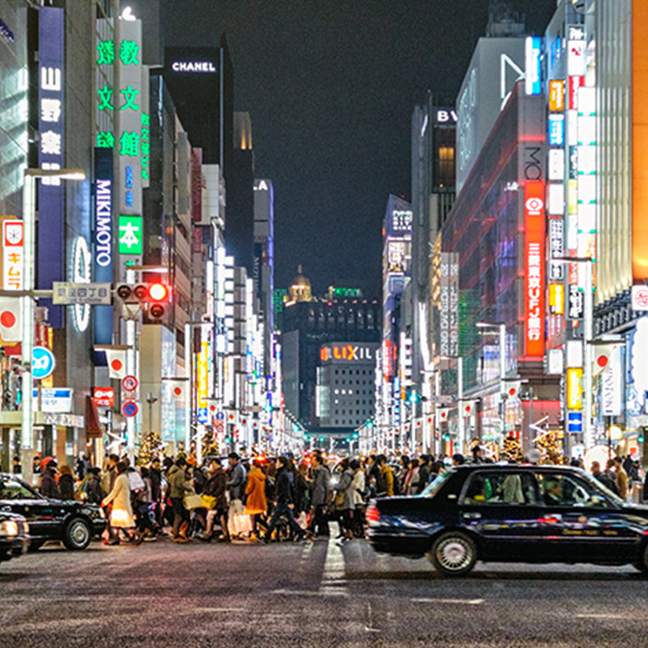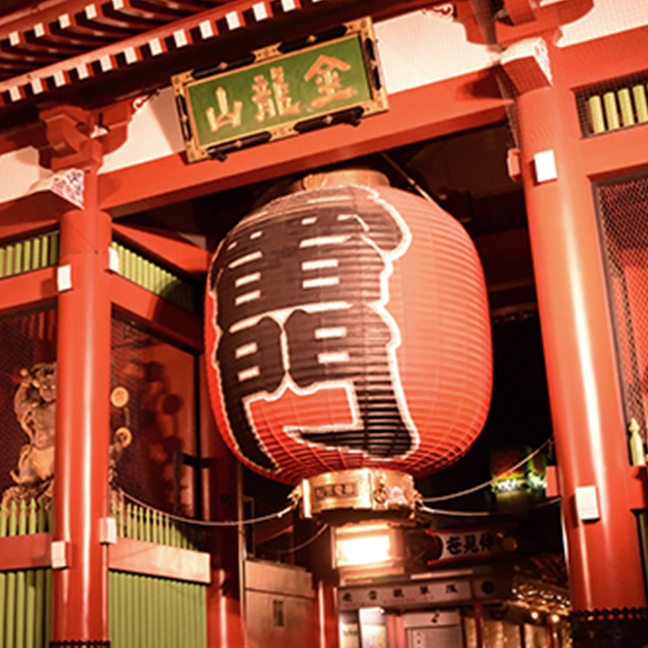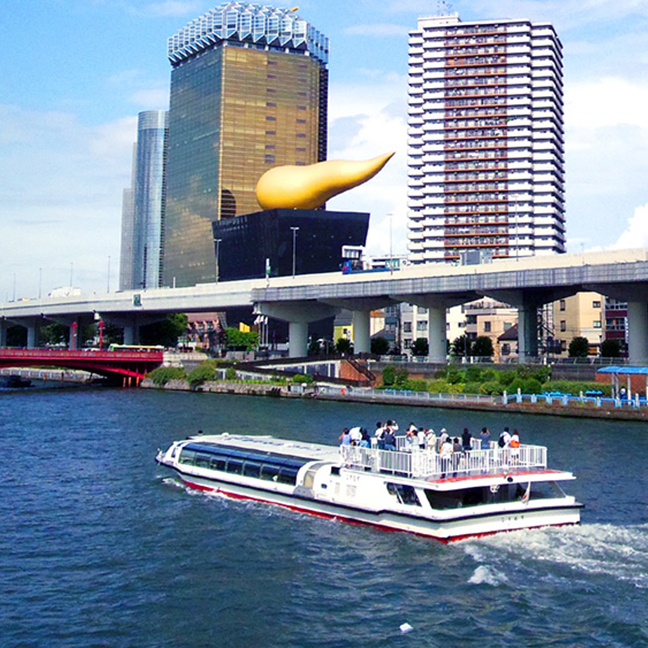Senso-ji Temple is the most famous tourist attraction representing Asakusa, boasting a history of 1,400 years. Many people have probably seen the iconic red lanterns enshrined at the Kaminarimon, the entrance to Senso-ji Temple, in guidebooks or on the Internet. Here are some of the highlights of Senso-ji Temple and its origins.
The Beginning of Senso-ji Temple
The history of Sensoji Temple dates back 1,400 years. In the early morning of March 18, 628, two local fishermen, brothers Hinokuma no Hamanari and Takenari, were fishing in the Sumida River when their net caught a statue of the Kannon (Goddess of Mercy). They pulled up the statue and delivered it to Hajino Nakatomo, an influential local official. Hajino Nakatomo turned his house into a temple and enshrined the statue of the Kannon and devoted his life to worship and offerings. This temple is said to be the origin of Sensoji Temple.
Legend has it that on the day the statue of the Kannon was raised, a thousand pine trees grew overnight, and after three days, a dragon with gold scales descended from the sky. This is the origin of the name “Kinryuzan” (means “Golden dragon and another name of Sensou-ji), and the “Kinryu no Mai” (Golden Dragon Dance), which is performed at various times today, is based on this legend.
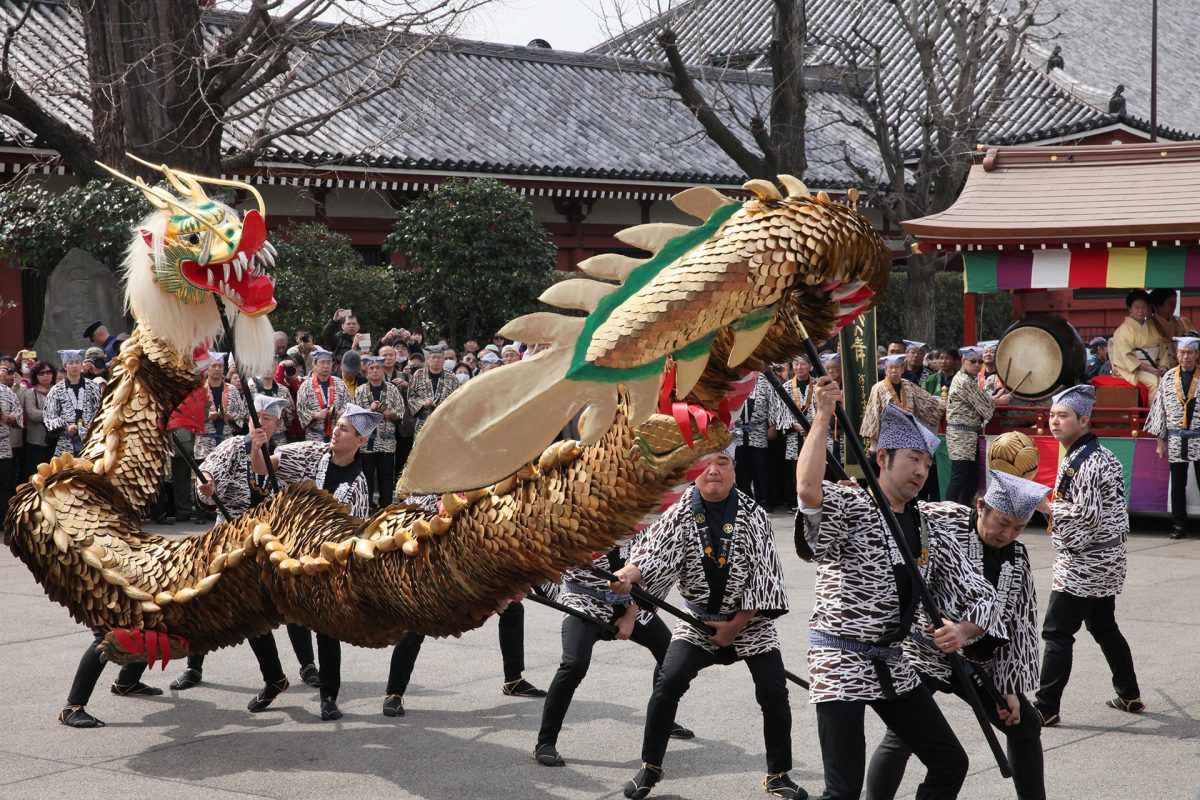
Highlights of Sensoji Temple
Kaminarimon (Thunder Gate)
A large red paper lantern with “Kaminarimon” written on it. The Kaminarimon, the symbol of Asakusa, is always crowded who come to take commemorative photos. Statues of Fujin (the god of wind) and Raijin (the god of thunder) were enshrined here to guard the temple from natural disasters and the official name of the Kaminarimon is “風雷神門 (Fu-rai- jin-mon)”.

Nakamise
Nakamise is located on the main approach to Senso-ji Temple. It stretches about 250 meters from Kaminarimon (Thunder Gate) to Hozomon (Treasury Gate). In the past, souvenir stores, rest areas, and eateries for temple visitors lined the street. Even today, the street is crowded with many tourists.

Hozomon (Treasury Gate)
After passing through the bustling Nakamise shopping street, you will see the majestic vermilion-lacquered Hozomon Gate in front of you. The gate was originally called Niomon, as is evident from the statue of Niou enshrined here. It was rebuilt in 1964 after suffering numerous fires and other damage. At that time, the name was changed from Niomon to Hozomon because it also served as a storehouse for sutras and temple treasures.
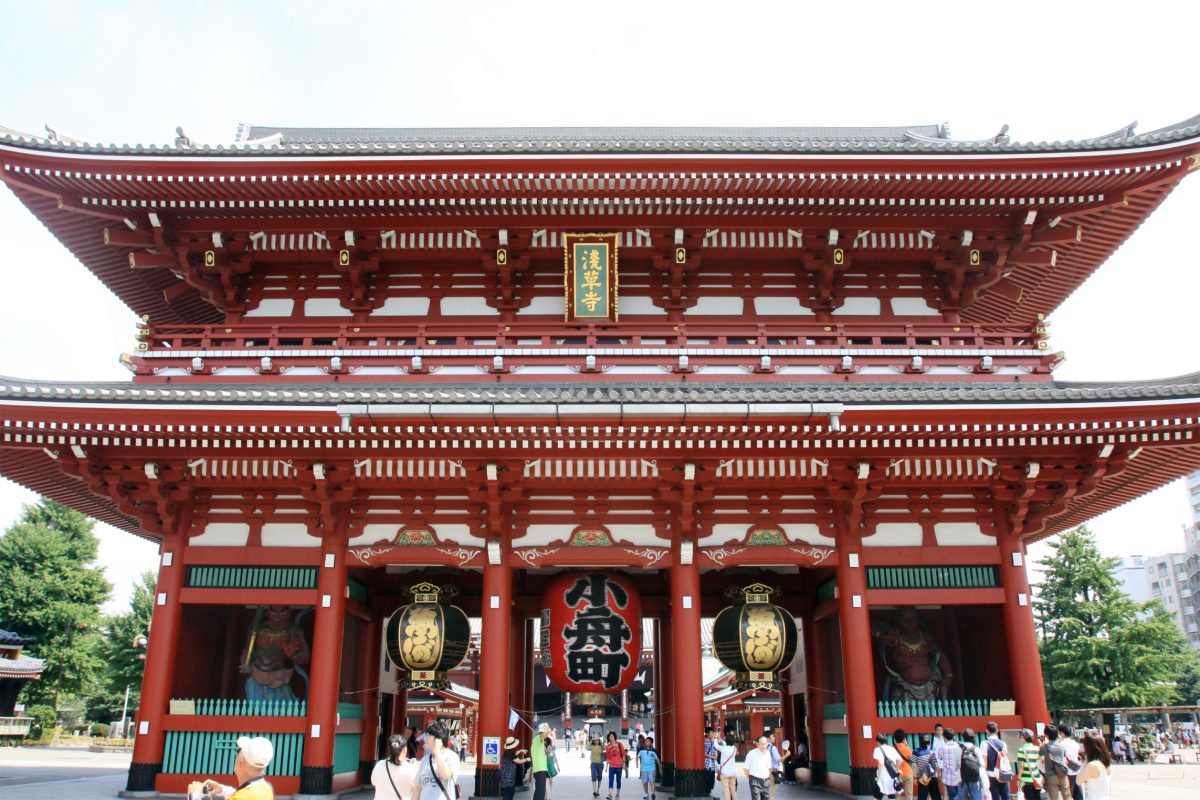
Main Hall
As mentioned above, the main hall dates back to 628. The main sanctuary in the center of the inner sanctuary is dedicated to the hidden statue of Saint Kannon, the principal image of the Buddha, and the main sanctuary of the Gozen-ruki statue by Ennin (Jikaku Daishi).
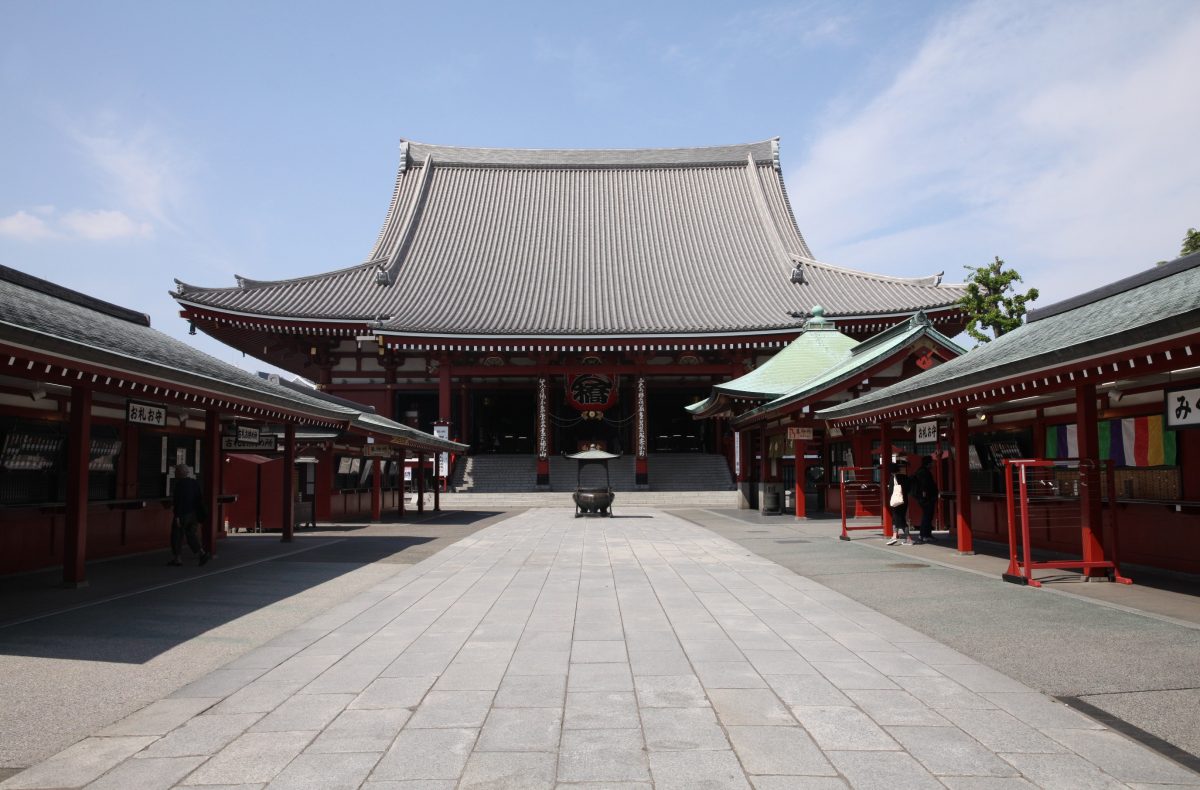
Light up at night
The Kaminarimon Gate is illuminated at night to create a fantastic sight.
During the day, many people visit the Nakamise, but at night, the place is quiet and peaceful.
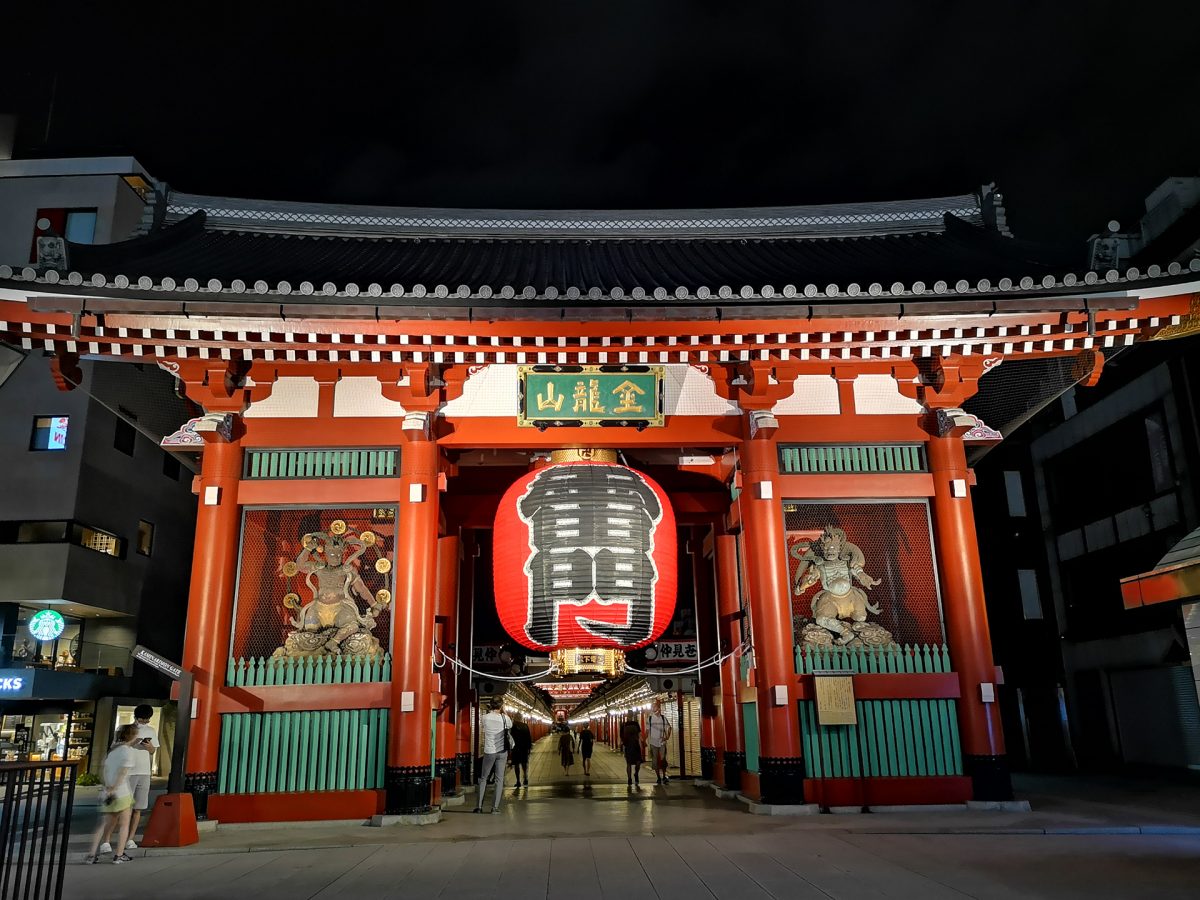

You can also see Senso-ji from the lobby and rooftop terrace of The Gate Hotel Kaminarimon.
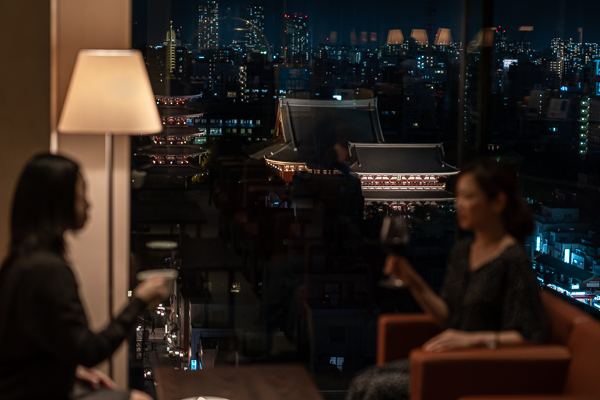
Live Video of Senso-ji
You can see a live video of the Senso-ji precincts from your home!
Visiting Information
- Name Sensoji Temple
- Address : 2-3-1 Asakusa, Taito-ku, Tokyo 111-0032
- Phone number 03-3842-0181
- URL https://www.senso-ji.jp/
- Main hall opens at 6:00 (6:30 from October to March)
- Main hall closes at 17:00
- Closed : No holidays
*For the latest information on opening hours, holidays, etc., please contact directly.
When you visit Asakusa
Where to stay

Drop in on us

